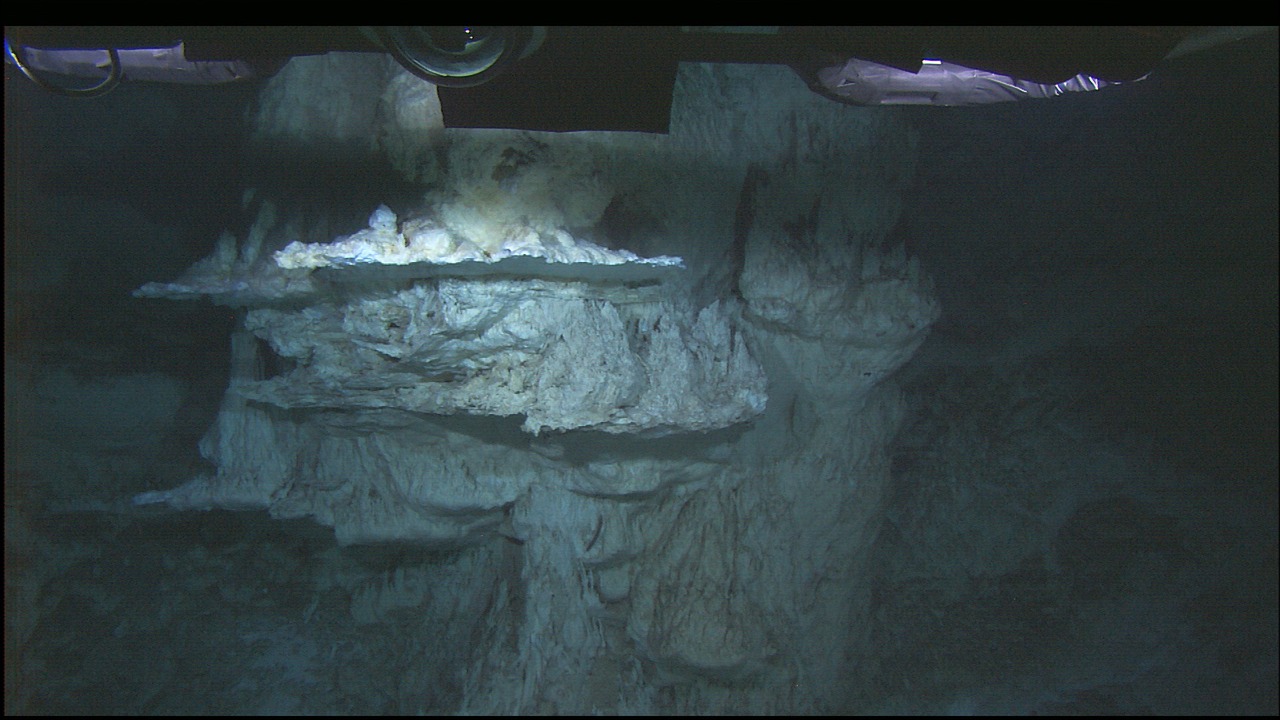
Scientists have uncovered a remarkable “lost city” deep within the Atlantic Ocean at the Mid-Atlantic Ridge. This site, known as the Lost City Hydrothermal Field, features towering white structures formed by alkaline hydrothermal vents that rise up to 60 meters high and span an area of about 30 by 15 meters. Unlike any known geological formations on Earth, the discovery challenges previous understandings of deep-sea ecosystems, as it supports microbial life in extreme conditions without reliance on sunlight or volcanic heat. The site was initially discovered in December 2000 during a National Oceanic and Atmospheric Administration expedition using the research vessel Atlantis and the submersible Alvin (MSN).
The Discovery Expedition
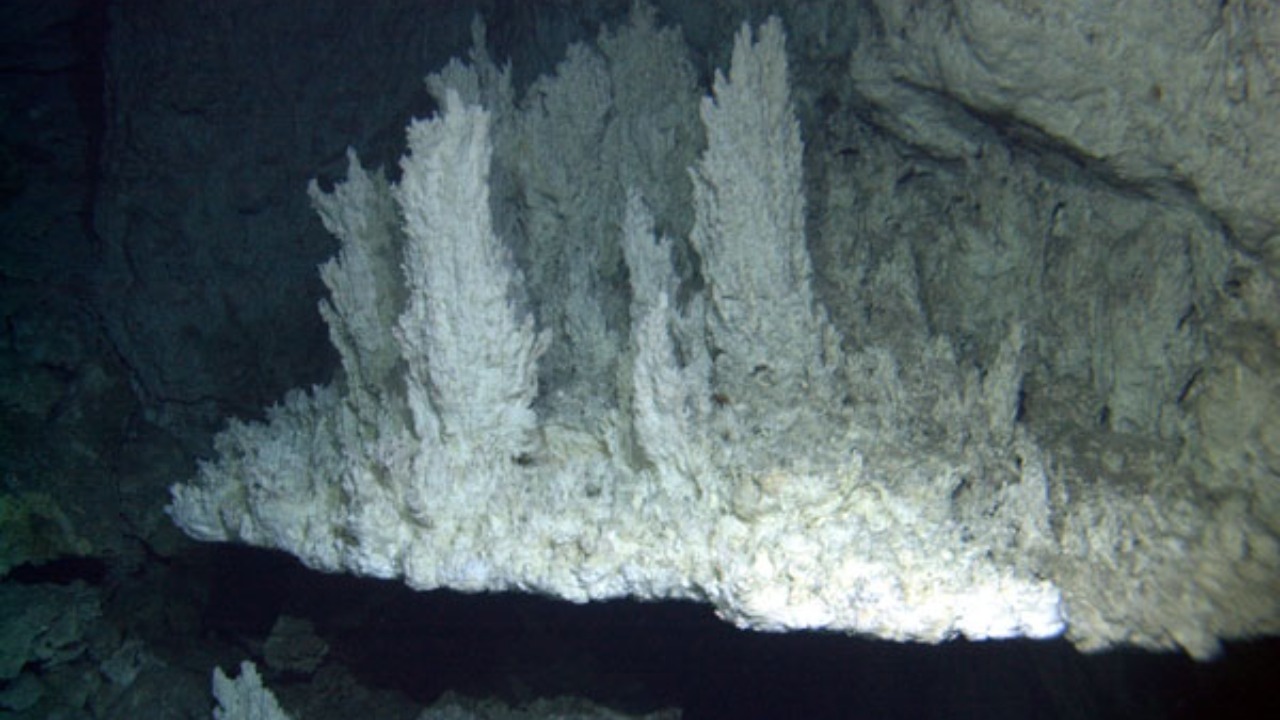
The 2000 expedition that led to the discovery of the Lost City Hydrothermal Field was spearheaded by Deborah Kelley of the University of Washington. Utilizing the submersible Alvin, the team dove to depths of approximately 800 meters, where they first spotted the carbonate chimneys that characterize this unique site. The use of remotely operated vehicles like Jason was crucial for mapping the site’s irregular pinnacles and flanges, confirming its serpentinization-driven formation from mantle rock reactions with seawater (Indian Defence Review).
Located at roughly 30°N, 42°W, the Lost City is notable for its active venting of hydrogen-rich fluids at temperatures up to 90°C. This environment is unlike typical hydrothermal vent systems, which often rely on volcanic heat. The discovery of such a site has profound implications for our understanding of geological processes and the potential for life in extreme environments (BGR).
Unique Geological Features
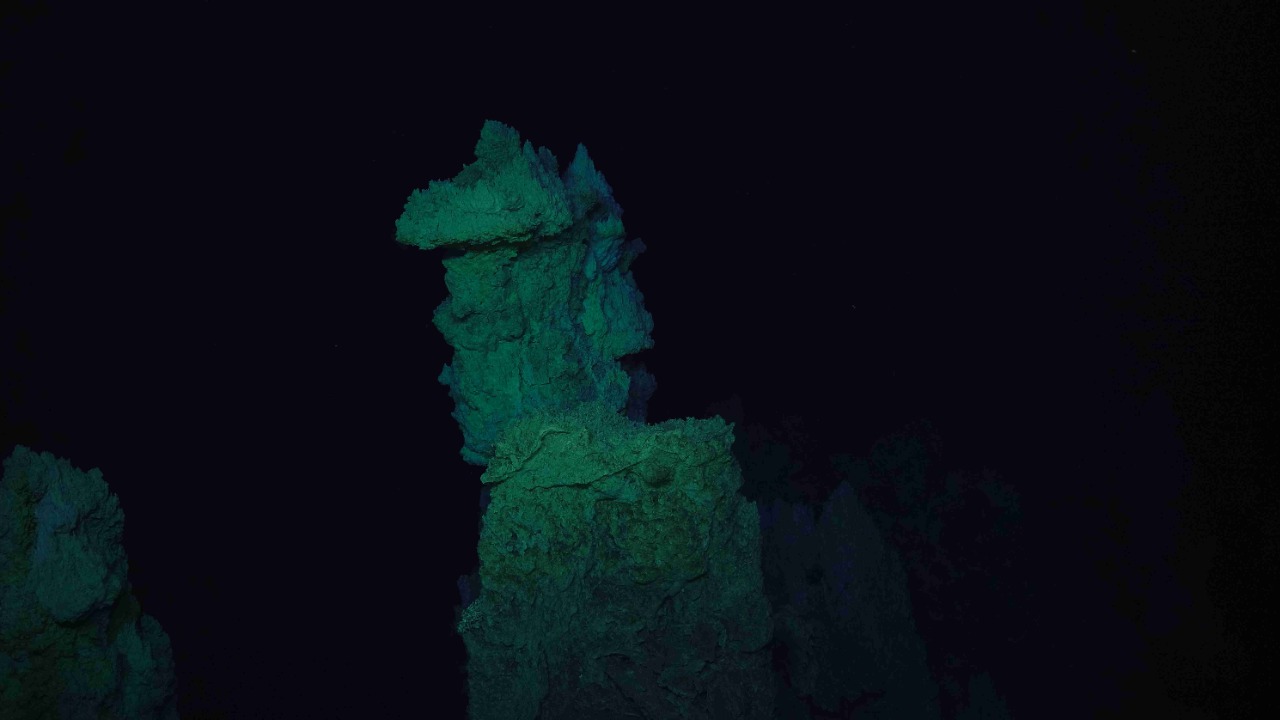
The formation of the Lost City Hydrothermal Field is a result of peridotite rock from Earth’s mantle reacting with seawater to produce calcium carbonate towers. This process distinguishes it from black smoker vents, which are typically associated with volcanic activity. The structures are composed of aragonite and brucite, with some resembling organ pipe corals or beehives. These formations are believed to have the potential to remain stable for tens of thousands of years, offering a window into geological processes that are rarely observed (ScienceAlert).
Unlike other hydrothermal systems, the Lost City lacks sulfur-based chemistry. Instead, it features high pH fluids around 9-11, which foster carbonate precipitation. This unique chemical environment supports a different kind of ecosystem, one that thrives without the typical volcanic heat sources found in other deep-sea vent systems (Indian Defence Review).
Ecological and Biological Implications
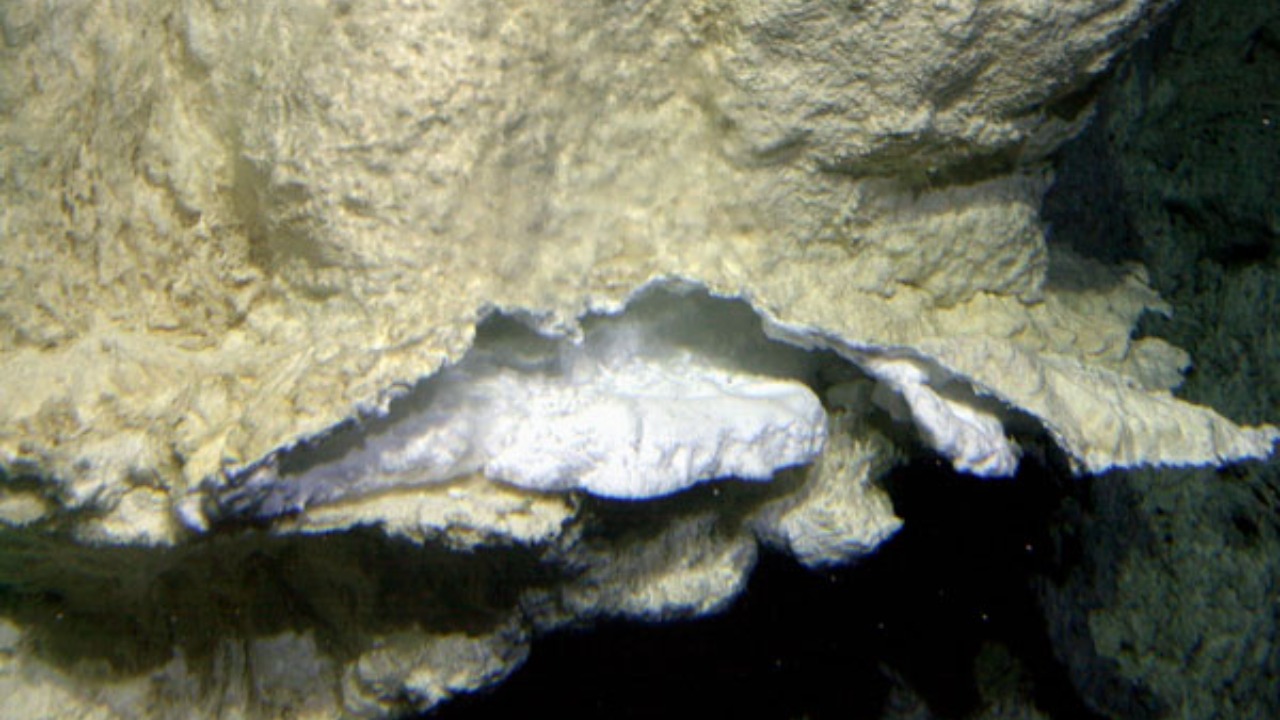
The Lost City Hydrothermal Field hosts diverse microbial communities, including archaea and bacteria that metabolize methane and hydrogen, thriving in the absence of sunlight. These organisms are adapted to the extreme conditions of the site, offering insights into the resilience and adaptability of life. The presence of unique fauna, such as amphipods, and potential symbiotic relationships underscores the site’s role in understanding life’s origins and the potential for life in similar extreme environments elsewhere in the universe (BGR).
The conditions at the Lost City draw parallels to early Earth environments, suggesting that similar alkaline vents may have cradled primordial life forms. This connection provides a valuable model for studying the origins of life on Earth and the potential for life on other planets, particularly those with subsurface oceans (Daily Galaxy).
Scientific Significance and Future Research
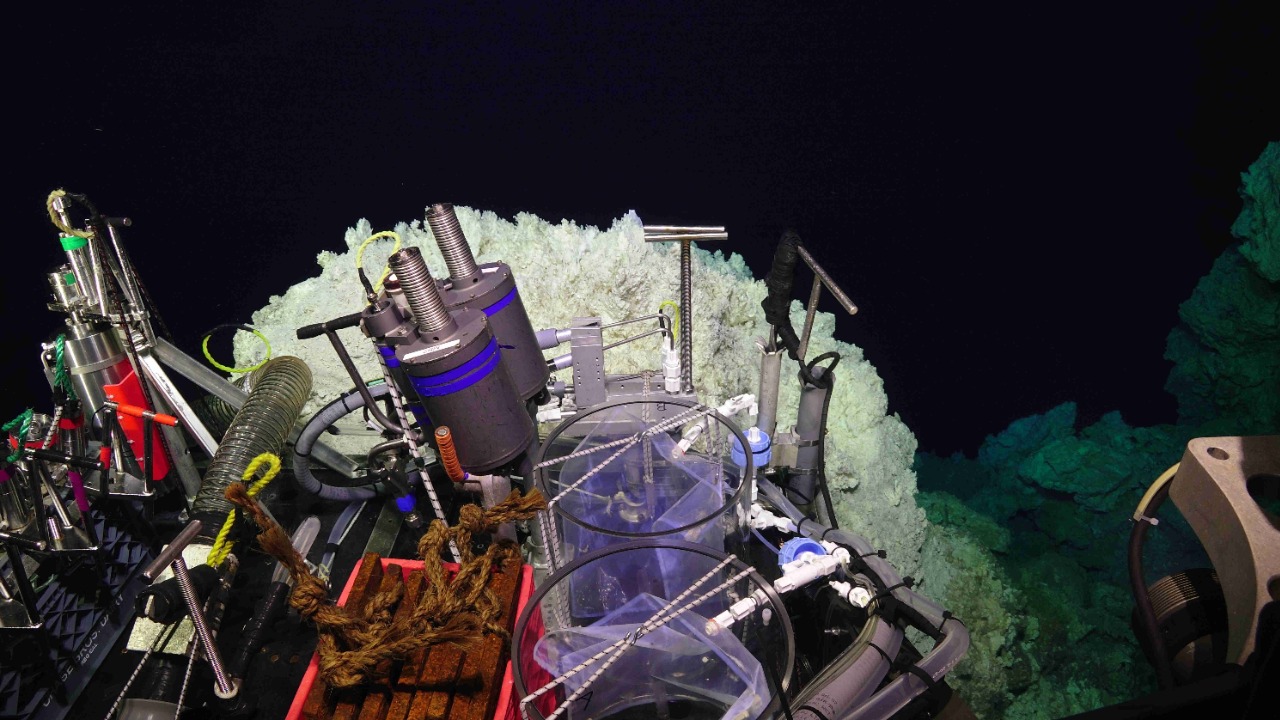
The discovery of the Lost City Hydrothermal Field reframes our understanding of hydrothermal vent classifications. Ongoing studies are using isotopic dating to estimate the field’s age at over 30,000 years, providing a timeline for the development of these unique structures. This research not only enhances our understanding of geological processes but also informs the search for life in extreme environments beyond Earth (Indian Defence Review).
The implications for astrobiology are significant, with NASA expressing interest in analogous systems on moons like Enceladus or Europa, where subsurface oceans may harbor life. The unique conditions of the Lost City offer a terrestrial analog for these extraterrestrial environments, guiding future exploration and study (Daily Galaxy).
Conservation efforts are also underway, with the Lost City International Advisory Committee working to protect the site from deep-sea mining threats. These efforts are crucial to preserving the integrity of this unique ecosystem and ensuring that it remains a valuable resource for scientific research and discovery (ScienceAlert).